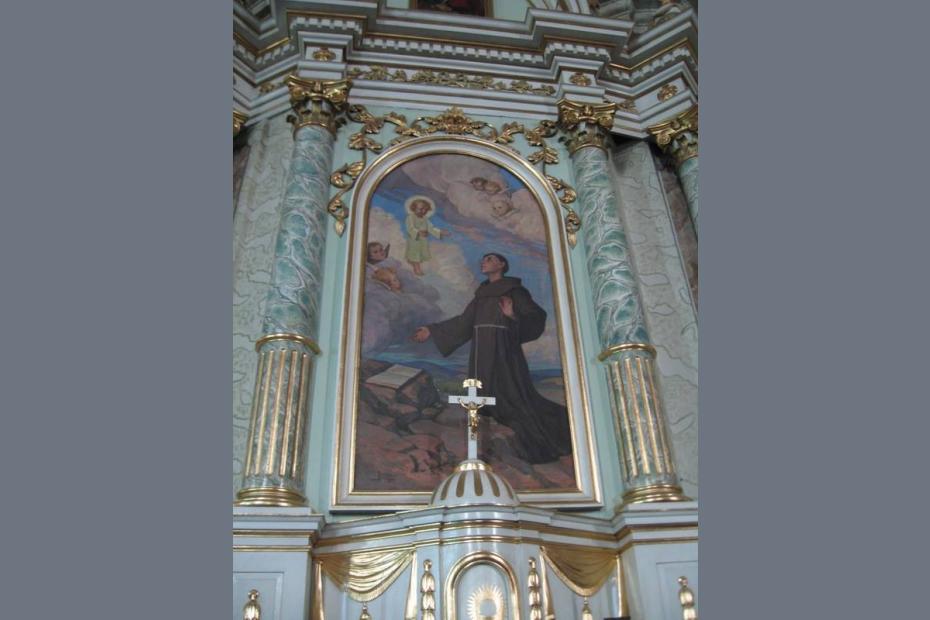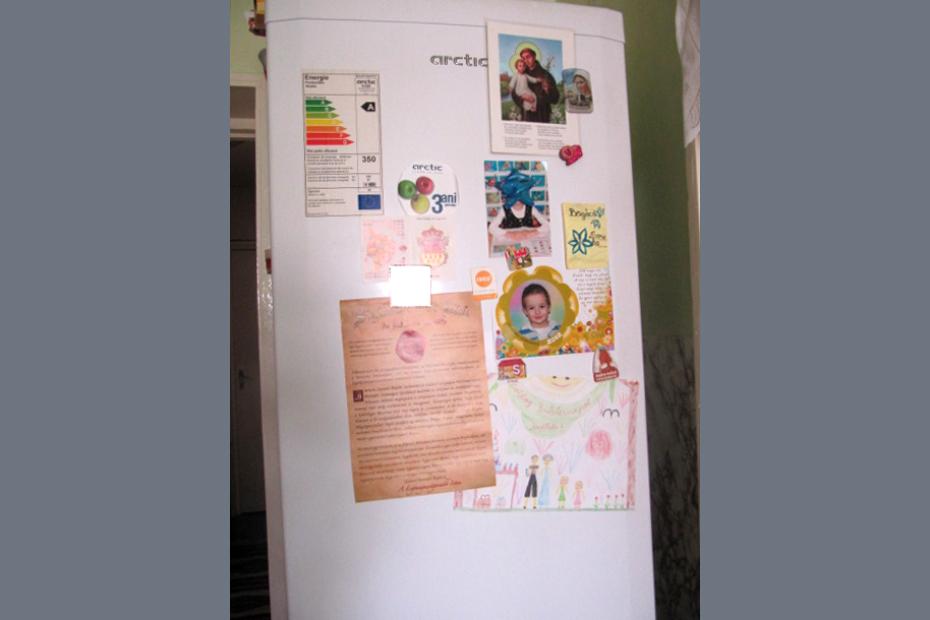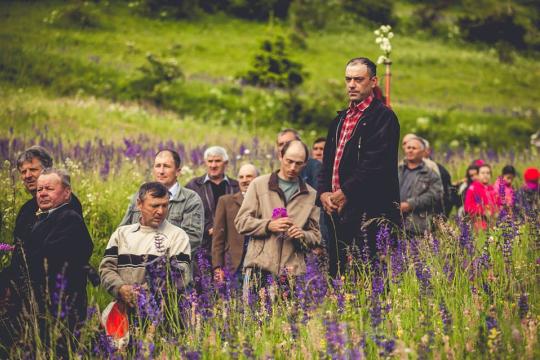The Virgin Mary is the most popular saint among Catholics in Romania, but married women and mothers also rely on Saint Anthony of Padua for help in many circumstances. Saint Anthony of Padua was a Franciscan monk who lived in the early 17th century, and he is widely associated with the Order of Franciscans, the largest order of clergy and priests active in Transylvania today. Although Saint Anthony is popularly known for finding lost things, devotees say that he is particularly dedicated to helping mothers and children in danger. An altar at Csíksomlyó depicts him as a young man, and many women pray to him on behalf of their male children or grandchildren.
Devotees show their personal belief in Saint Anthony’s ability to help by traveling to the Csíksomlyó shrine every Tuesday evening from early April until late June, beginning the first week after Easter, for “Saint Anthony’s Large Novena” (Szent Antal nagy kilenced). The novena is a widespread Catholic practice of expressing gratitude for a saint’s help by praying the Rosary on nine successive occasions. Rosary prayer circles will organize buses for devotees from the same village to travel to Csíksomlyó together for these events. The trip to Csíksomlyó can take up to two hours from more distant villages, and devotees spend the time either catching up on much-needed rest, praying, or chatting with friends. The vehicles are often the same buses that devotees board each morning to commute into nearby cities for work or weekly food shopping and errands. The drivers are neighbors and friends, and they will sometimes join devotees in the church for services before climbing back on the bus to drive the devotees home.
At Csíksomlyó, devotees of Saint Anthony will often promise not only to pray the Rosary, but also to walk up a steep path that ends at a chapel dedicated to the saint. The grass and dirt path features stone markers of the stations of the cross. Devotees believe that this path of the cross is the steepest in Europe. Many of Saint Anthony’s devotees will walk up the hill in small groups; pairs or groups of three friends, or mothers and daughters, will climb together. They hold each other up by the elbow or lean on each other’s shoulders to steady themselves on the path, which is often slippery because of frequent rain and icy snow. Not only do devotees help each other avoid injuries, but they also say that these gestures show children the importance of moral values like care, kindness, and togetherness.


